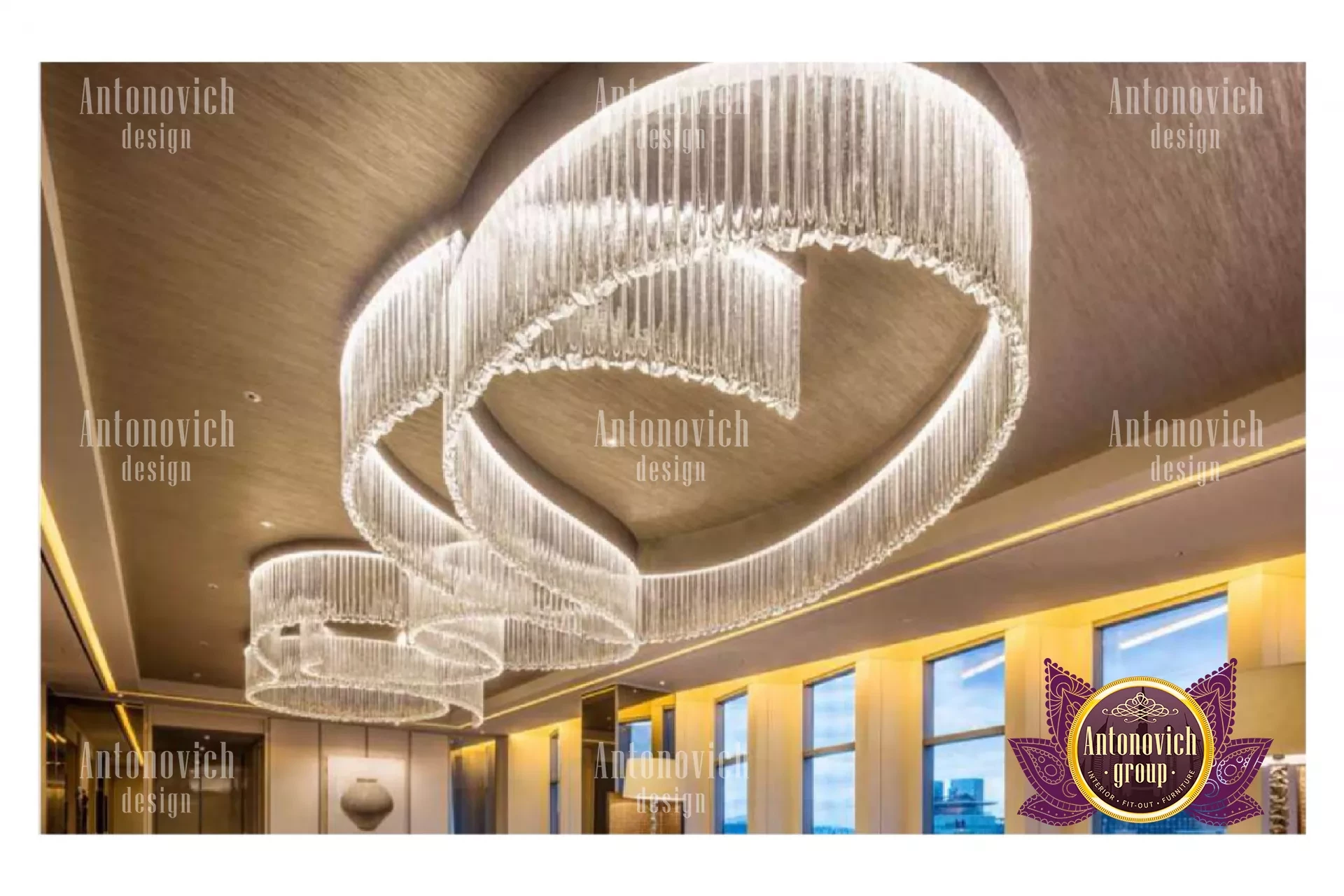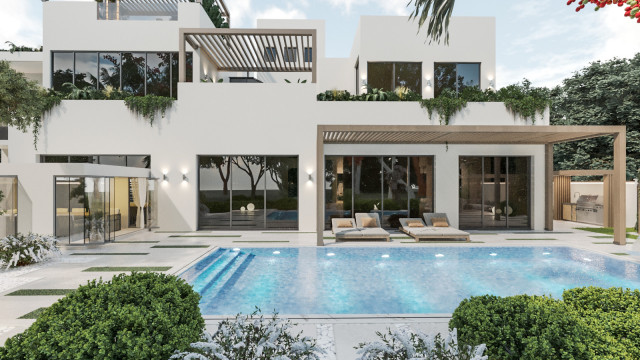LIGHTING CAN MAKE A HUGE DIFFERENCE
Always keep in mind that a room's lighting may make a big difference. A room's luxury lighting may transform it from simple and uninviting to warm and appealing. Therefore, be sure to choose a light that will not only complement the design and purpose of your room but also improve the ambiance of your house. Interior lighting plays a significant role in the overall character of any room or area, whether it be at home or in a business setting, and is essential to the presentation of all other aspects present in the space. Perhaps you're starting off as a newbie who's in need of some help, or you're in the process of changing different components of lighting in your house, never worry, you've come to the correct spot. Lighting is frequently disregarded when it comes to interior design - everyone instinctively thinks of colors, furniture, floors, etc- however, the most magnificent room may be wrecked with bad lighting. The largest error is frequently believed to be all that is required—a few ceiling lights. Our ceilings are not the only thing we adorn. Instead, lighting should be used to emphasize all of the room's architectural and design elements, from the ceiling to the floor. The use of tiered lighting produces a cozy, inviting space where all the design elements come to life. You must use every type of lighting source possible to do this, including wall sconces, tall floor lamps, tiny table lamps, chandeliers, track lighting, pendant lights, recessed lights, and chandeliers.

Be aware of what you are lighting. It is a workspace, right? the dining room? makeup desk? family room? Different forms of illumination will be needed for various functions. Consider how to overlay on other softer lights to create an atmosphere once you have the appropriate lighting for the job. The dimmer switch has to be the first rule of lighting for every area, regardless of size, scale, or budget. This easy-to-use tool rapidly alters the appearance and ambiance of a room. It enhances every room's mood, ambiance, sex appeal, and flow. In my opinion, this is the decorator's finest technique and unquestionably the homeowner's best ally. Consider carefully how to illuminate the space and what you want the light to do. If you require task lighting, think about the best approach to obtain it. Play around with lamp placement to determine the best way to provide ambiance if you need to do so with lighting. For many of us, luxury lighting concept is one of the most difficult interior design elements to master. The golden rule is to start first and finish last, and preparation is the key to a good lighting design. Lighting is a magical instrument that can transform a room, change the way space seems, flatten a shape, and instill an atmosphere.

To determine any specific jobs that need to be lighted, the overall amount of indirect light needed, and any artwork or architectural highlights you would want to draw attention to, you practically need to write yourself a "mini-brief." With a few exceptions, the less of the actual fixtures you can see, the better. Your goal is to generate varying degrees of illumination in a place. Style and size should be taken into account while selecting them, but so should the actual output, color temperature, and distribution of the light that they produce. Installing dimmers, which have the added benefit of extending bulb life and lowering energy usage, is essential for a successful lighting design.












